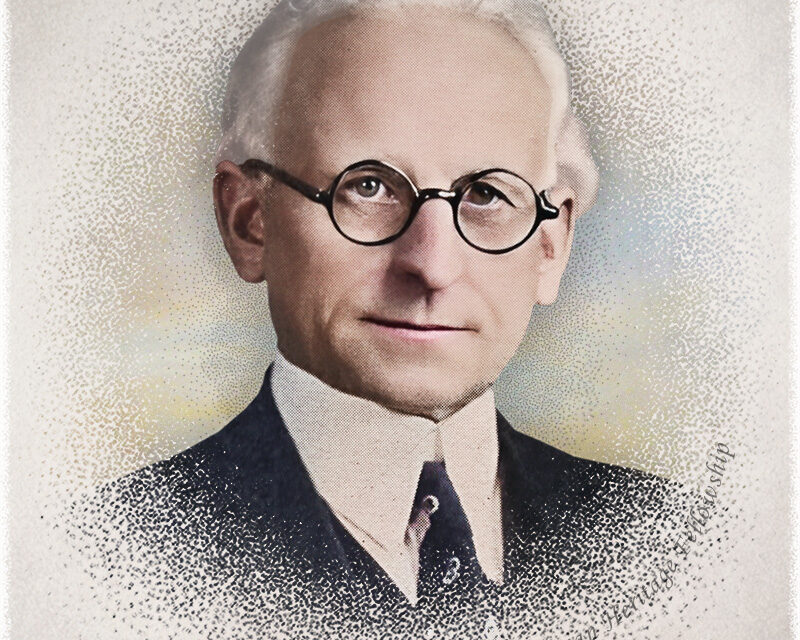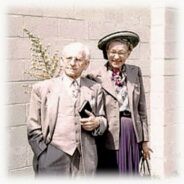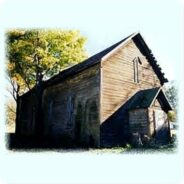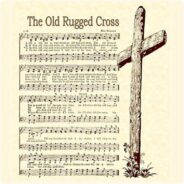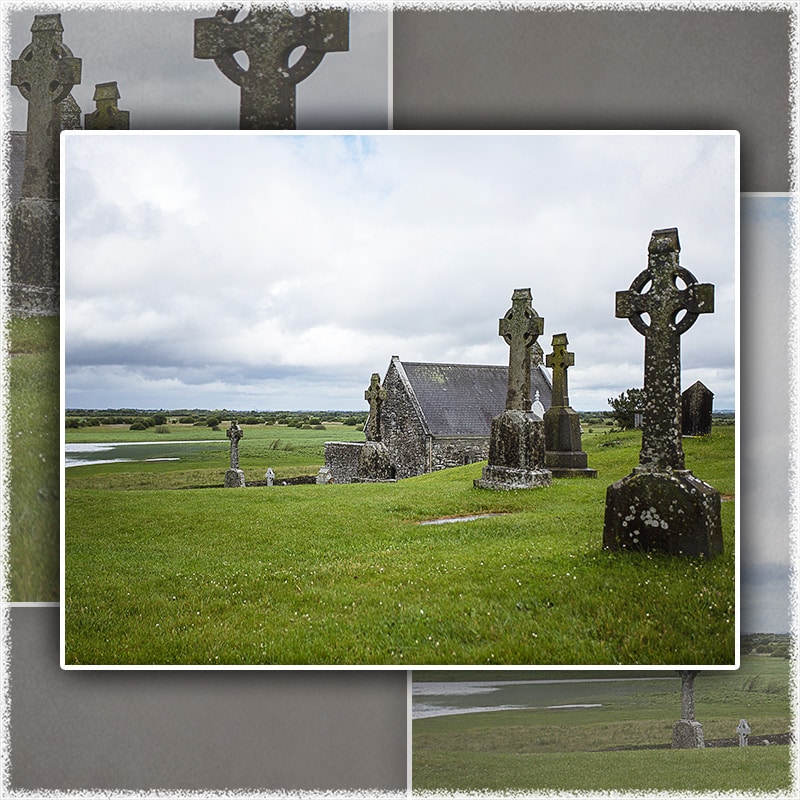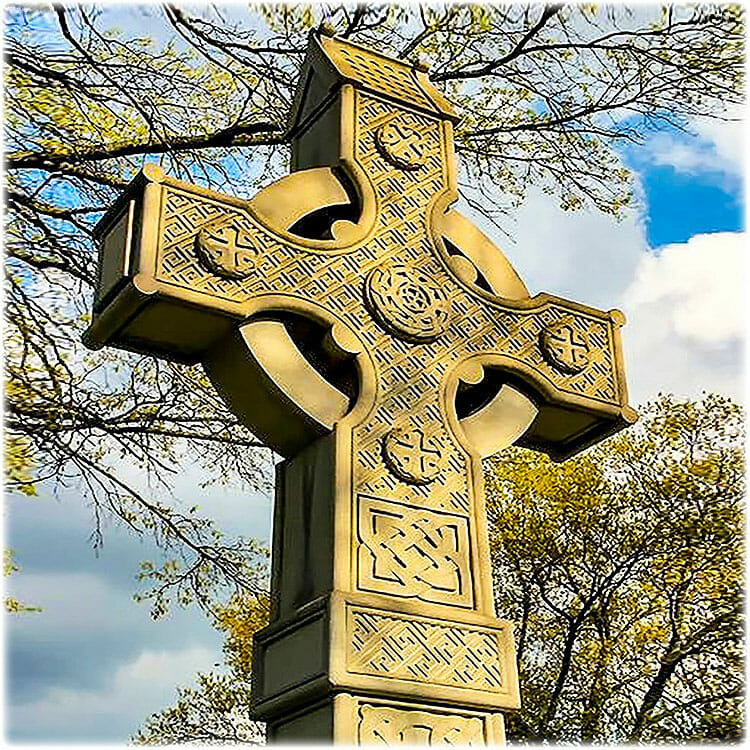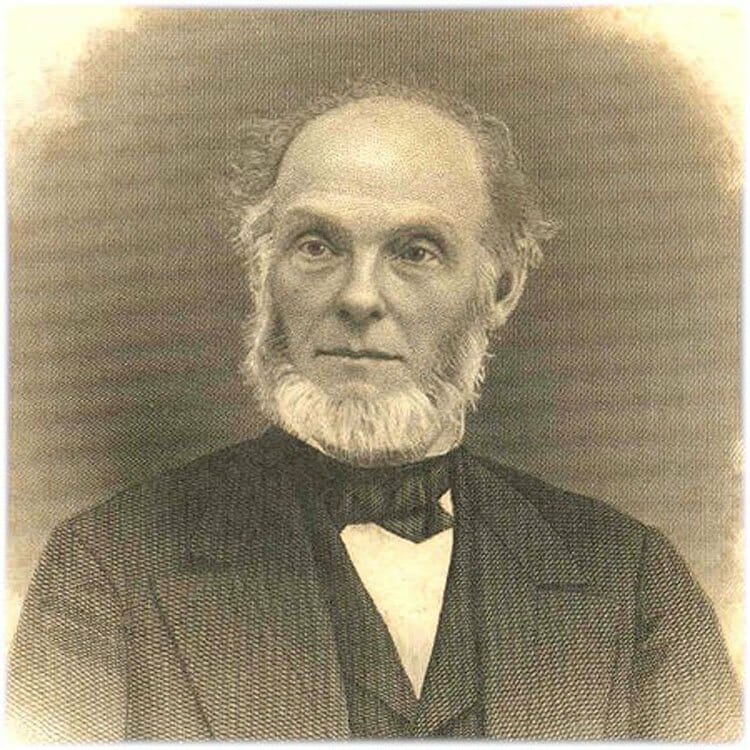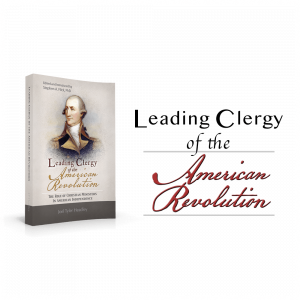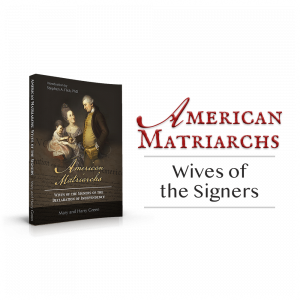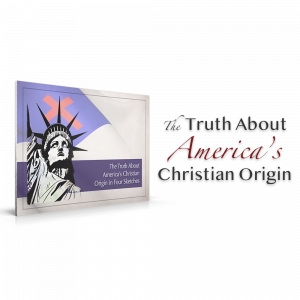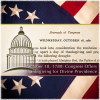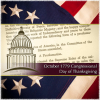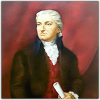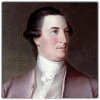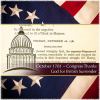Toward the end of the twentieth century, song leaders, when soliciting requests for favorite songs from the congregation, would often receive at least one request for “The Old Rugged Cross.” Written by George Bennard in 1913, this gospel hymn has proven to be a sentimental favorite of Christians and unsaved alike. Like many other songs of this era (and genre), The Old Rugged Cross is replete with both the Christian truth found in the pages of God's Word, as well as the Christian experience it should produce. May God exercise His mercy upon that individual, that family, that denomination, and that nation that no longer gazes upon the old rugged cross of Jesus Christ with reverence and awe.George Bennard
Table of Contents
George Bennard was born in Youngstown, Ohio on February 4, 1873. While George was quite young, his parents moved to Albia, Iowa, and subsequently to Lucas, Iowa. His father provided for his family by working as a miner in the coal pits of Iowa. At the age of sixteen (beginning in 1889), George began a brief period of employment in the mines as well.George Bennard
Conversion and Entrance to Salvation Army (1897)
When only sixteen, George’s father passed away. Soon after his father’s death, he was converted, and not long after his spiritual transformation (in 1897), George became a member of the Salvation Army and served, together with his first wife, its ranks for a period of time as an officer.
Becomes Holiness Evangelist with MEC
Subsequently, he joined the Methodist Episcopal Church and became a distinguished Midwestern Holiness evangelist, often serving with D. Willia Caffray. The message of “holiness” in the late nineteenth century was a message advocated by John Wesley and historic Methodism. Not until the early twentieth century was this term mixed with excesses not advocated by Wesley and historic Methodism. Rev.Bennard did not associate himself with the excesses of the twentieth century but was rather associated with the biblical message of purity of heart and life. Students of God's Word and Church history will find the invitation to Christian purity and godliness a message not only recorded in the Bible, but also a part of the Christian Church when it exercised itself in greatest vitality and vibrancy. Wherever the call to Christian holiness (as defined by the Bible) is missing in the message of the Church, there Christians become incapable of civilizing the cultures of which they are a part.
Introduces “The Old Rugged Cross” (1913)
He traveled and ministered most extensively in the states of Michigan and New York. On one occasion, after returning home to Michigan, he passed through a deeply trying experience, which caused him to reflect intensely upon the significance of the cross of Christ and what Paul meant when he spoke of entering into the suffering of Christ. It was this difficult experience and the conviction, which resulted in his heart concerning the importance of the cross that gave birth to the hymn that bears his name.
At the beginning of the twentieth century, liberalism and its denial of the most important doctrines of the Christian faith was in its heyday. After this era, Methodism in the British Isles and America never recovered from its romance with liberalism. Rev.Bennard seems not to have been exempt from the questions raised by doubting liberalism, but at the foot of the cross, this Methodist minister took his stand for the faith once delivered to the saints.
For some time “The Old Rugged Cross” was in composition in the heart and mind of Rev.Bennard. Only a small portion of the hymn came to mind: "On a hill far away stood an old rugged cross . . .” Here the hymn remained until some youths heckled him at one of the revivals he was preaching. After this experience, the rest of the words came quite freely.
Most who have studied the life of Rev.Bennard believe he wrote the first verse and the original version of the chorus in Albion, Michigan. On one occasion, he related to a close friend, Rev.Fred Smith that he had begun to write “The Old Rugged Cross” in Marion, Michigan. Subsequent verses were written throughout his revivalistic travels, making the final changes to his hymn in 1913 in the parsonage of Reverend and Mrs. Leroy O. Bostwick in Pokagon, Michigan. Rev.Bostwick had invited Rev.Bennard to help with a two-week revival at the First Methodist Episcopal Church of Pokagon.[1]
At this revival, he sang it for the first time and then extended an invitation to the church choir to sing it from his penciled notes. So deeply impressed with the hymn, Mrs. Bostwick requested and received the privilege of paying for the plates to have the hymn printed. Of the composition of this hymn, Rev.Bennard himself recounted the details:
Soon after penning this hymn, Bennard sent a manuscript copy to Charles Gabriel, one of the leading gospel hymn writers of that era, who prophesied, “You will certainly hear from this song.” Bennard did not have to wait long for Gabriel’s prophecy to come true. In 1938, a poll by a national radio network determined that Bennard’s hymn was America’s most favorite song. As the rays of the setting sun are refracted by the earth's atmosphere long after the sun has disappeared beyond the horizon, so this song reflected the deep evangelical allegiance of its author and soldier of Christ. Though few believers will realize the recognition of their efforts to the degree Bennard and others have realized them in time, yet the promise of Christ that even a cup of cold water given in His name would find its reward in eternity is commendation enough for most believers.
Ministers Forty More Years (1913-ca. 1953)
Following the writing of “The Old Rugged Cross,” Bennard ministered an additional forty years. During this period, he wrote additional gospel hymns, numbering more than 350, including “Have Thy Way, Lord,”[3] “Pentecostal Fire Is Falling,” and “Love Never Faileth.” But none of his subsequent hymns ever received the wide public acclaim, which was given to his first hymn.
On October 9, 1958, at the age of eighty-five, Bennard, the holiness evangelist and songwriter, passed from this life, exchanging his “cross for a crown.” He spent the last few years of his life a few miles north of Reed City, Michigan. Near his home where he spent these last years, a twelve-foot-high cross was erected, and still remains, with the words emblazoned upon it,
‘The Old Rugged Cross’
Home of George Bennard,
composer of this beloved hymn.[4]
Works by George Bennard
Bennard, George. Bennard’s Melodies. n.p, n.d.
________. Revival Classics. Albion, Michigan: The Bennard Music Company, c.1935.
________. Divine Praise. Chicago, Illinois: The Rodeheaver Company, 1926.
________. Full Redemption Songs. Chicago, Illinois: The Rodeheaver Company, 1933.
America deserves to know its true heritage.
Please contribute today!
For more information, please contact:
The Old Rugged Cross Historical Museum
780 North Park Street
P.O. Box 27
Reed City, Michigan 49677
Located near the US-131/US-10 Intersection
Phone: (231)832-5431
[1]Two years after “The Old Rugged Cross” was sung for the first time, the congregation of First Methodist Episcopal Church of Pokagon moved across the street into the Baptist Church. Their former church, nostalgically remembered as "The Original Old Rugged Cross Church" was subsequently sold to a local farmer, and for nearly eighty-three years, the once-sacred edifice was used as a barn, housing farm animals and materials. In this state, the old church remained until a dedicated Christian couple purchased the building and formed The Old Rugged Cross Foundation for the sake of advocating the legacy of the church that helped birth “The Old Rugged Cross.” “The Old Rugged Cross Historic Site,” http://www.theoldruggedcrossfoundation.org/history.htm, March 22, 2012.
[2] See Kenneth W. Osbeck, 101 Hymn Stories (Grand Rapids, MI: Kregel Publications), 255.
It is suggested that it was first performed at the Sawyer Friends Church, Sturgeon Bay, Wisconsin. Kostlevy, Historical Dictionary of the Holiness Movement, 18.
Chicago Evangelistic Institute was a forerunner of Vennard College. In the mid-twentieth century, it was one of the leading holiness institutions. Drs. Ivan Howard and Delbert Rose, founding fathers of Wesley Biblical Seminary in Jackson, MS, were students at CEI.
[3] In his Historical Dictionary of the Holiness Movement, Dr. William C. Kostlevy indicates that Rev.Bennard wrote, "Have Thine Own Way, Lord." Thanks to the watchful eye of one of our readers, Mrs. Joyce Wright of Wichita, Kansas, this has been corrected, crediting Rev.Bennard with the song of a similar title, "Have Thy Way, Lord."
[4]Osbeck, 101 Hymn Stories, 255-56. http://www.thecross-photo.com/The_Old_Rugged_Cross.htm, March 19, 2003.

